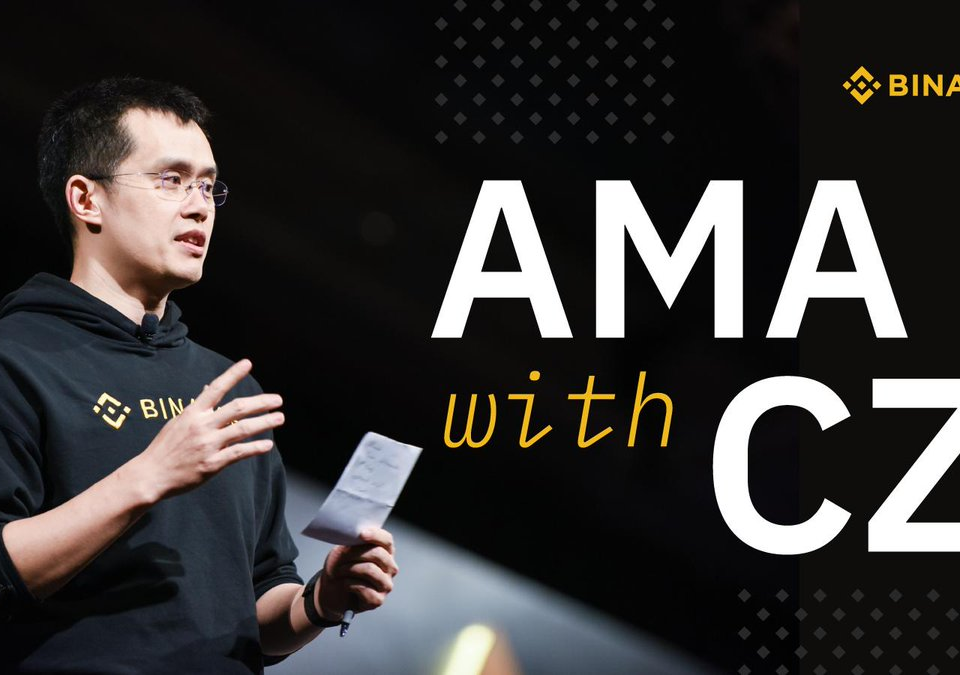How to prepare for an Initial Exchange Offering

Our guide to exchange-based tokens
April 16, 2019
Comparing blockchains: Bitcoin vs. Ethereum
April 21, 2019How to prepare for an IEO
At the peak of crypto’s 2017 bull market, Binance did something that changed coin crowdfunding forever – launching the very first Initial Exchange Offering (IEO). At the time the event was largely overlooked amid the frenzy of ETFs, Bitcoin Futures and skyrocketing prices. Today, IEOs are the buzz of the crypto industry.
Binance has grown into into the biggest cryptocurrency exchange in the world and its IEOs have set the bar others aspire to. BitTorrent’s sale on Binance Launchpad raised $7.2 million in just 18 minutes, while Fetch.AI raised $6 million recently in less than 30 seconds. In 2018 Binance announced it would hold a new IEO every calendar month of 2019.
Other exchanges have jumped into the fray. KuCoin has launched KuCoin Spotlight, Huobi has launched Huobi Prime; Probit, CoinBene and OKEx are all getting into the game.
What’s driving IEO mania?
With crypto prices still largely in the doldrums, Initial Coin Offering’s or ICOs have dropped off sharply. Their fall from grace however isn’t entirely down to market forces.
During the ICO boom and altcoin mania of 2017, nearly 80 percent of them turned out to be scams. That got the attention of financial regulators and guidelines for issuing tokens have now been enacted.
As a result, crypto and blockchain startups have been re-thinking their venture finance options. IEOs offer a range of advantages.
• With an ICO, the crypto company issuing tokens gives them directly to investors. Their future trade-ability on exchanges is unknown. Whether they take flight or sink out of sight is part of the investment risk.
• With an IEO, tokens go directly to an affiliated exchange called a launchpad, which acts as the intermediary conducting the offering. This provides a degree of market validation from the outset and enables investors to begin trading shortly after purchase.
• In addition to ICO sale conditions such as fixed pricing, supply, and hard/soft caps, IEO Exchanges are in a position to conduct more advance reconnaissance of the IEO prior to sale day. Due diligence is undertaken through technical analysis, audits, modelling the token’s potential, plus management oversight of the sale throughout the process.
Not all exchanges are created equal of course, but overall the structure of IEOs certainly feels like an improvement over the ICO.
And IEOs have certainly made a good start. BitTorrent’s sale on Binance Launchpad raised $7.2 million in just 18 minutes, while Fetch.AI raised $6 million recently in less than 30 seconds.
VC’s are now taking an interest while other exchanges are following Binance’s lead and creating IEO Launchpads of their own. New projects are seeing their tokens exposed very quickly to a large audience of investors actively looking for opportunities to profit.
The growing maturity of the IEO process and the players involved means prospective coin projects thinking of going the IEO route need to have their act together, and demonstrate they have the business and technical acumen to build trust and win the confidence of exchanges, regulators – and in some cases VC money.
Making your cryptocurrency project IEO-ready
Analysts and industry watchers agree that the following factors are critical for any project that hopes to collaborate with an exchange on an IEO:
• Be a utility token project: While the growth of security token offerings is impressive the major exchanges don’t support trading in them (yet)ns. For now, if an IEO looks like your pathway to market, a utility token is the only way in.
• Have a working product (or demonstrate significant development): Binance’s most successful IEOs had all made substantial progress by the time of launch. BitTorrent was being used by 100M+ people. Others like Celer had only an MVP at the time of the sale and Fetch was still 9-12 months away from their Mainnet launch. In both cases however there had been enough noteworthy development to reassure exchanges.
• Conduct economic analysis: It’s essential that any project looking to win over an exchange has a professional website and detailed documentation including whitepapers, technical papers, and token economic analysis. It has to be clear to investors why the project will progress and why the token will grow in value.
• Have a solid business model: Exchanges will want to see a clear path to success for any new project, including a solid business plan that explains and proves the fit between product and market.
• Have a large and active community: Exchanges host IEOs in part to attract new users to their platforms. They’re more likely to support an IEO project if it has already attracted substantial public interest and engagement.
• Have a strong and reputable team: Projects with an under-qualified founding team or underpowered technical leadership will likely be dismissed out of hand.
No matter how well prepared you are, there is always a subjective factor at work in the way exchanges select IEO candidates for launchpad. Huobi, for example, gives some Huobi Token holders voting rights in the selection process. It’s important to be as prepared as you can, but have a plan B.
Continue building community engagement, try to qualify for exchange listings, and do all the other pre-market work that would have happened if an ICO was in the offing.









